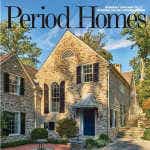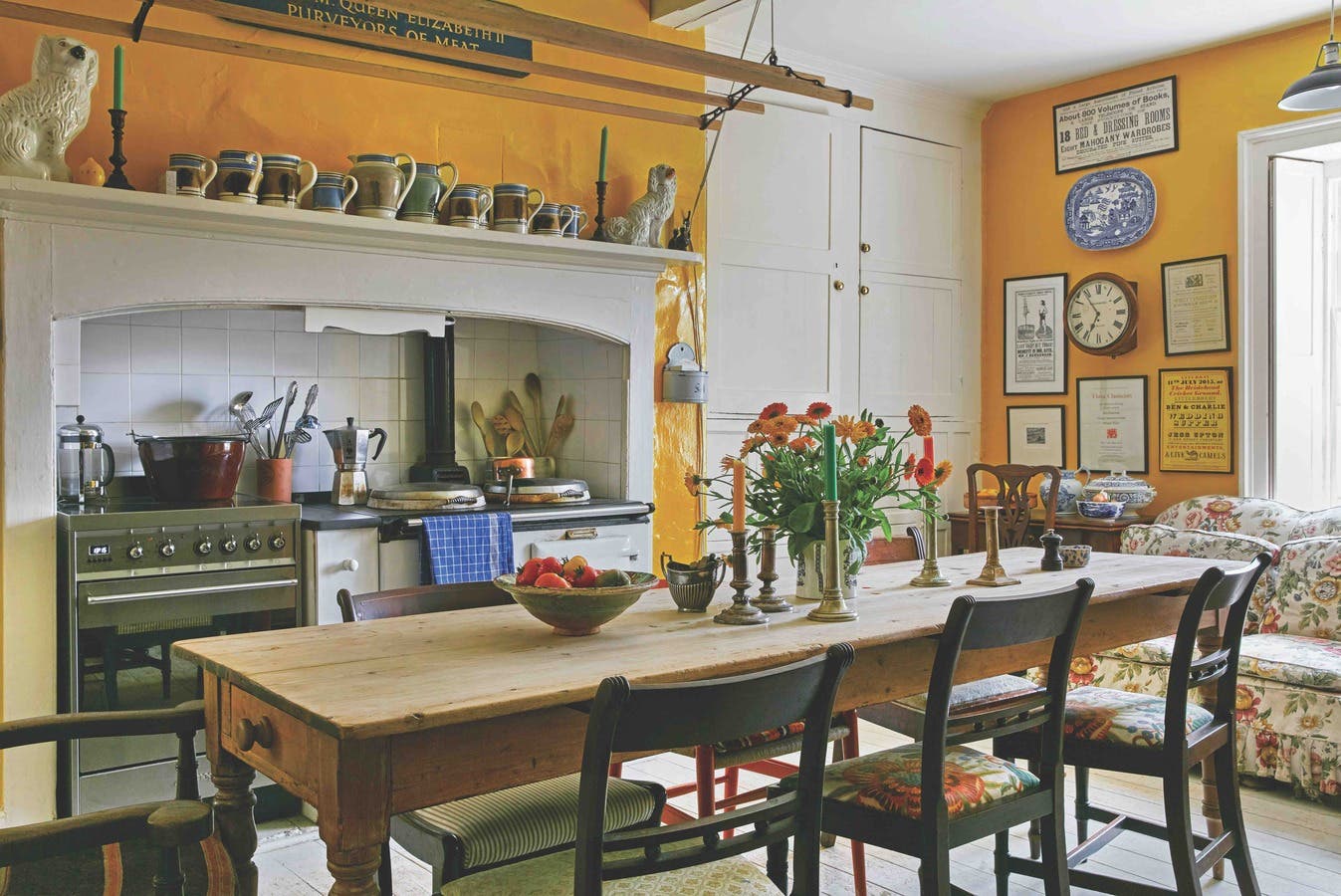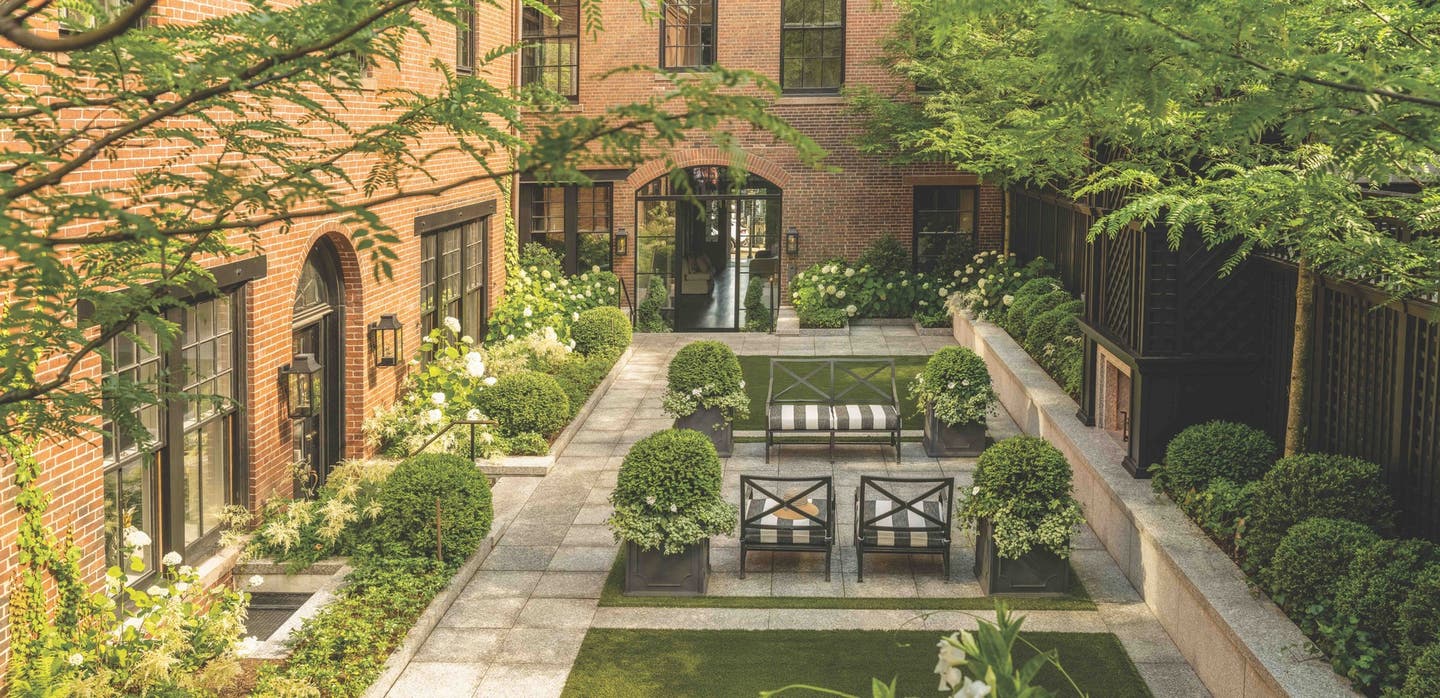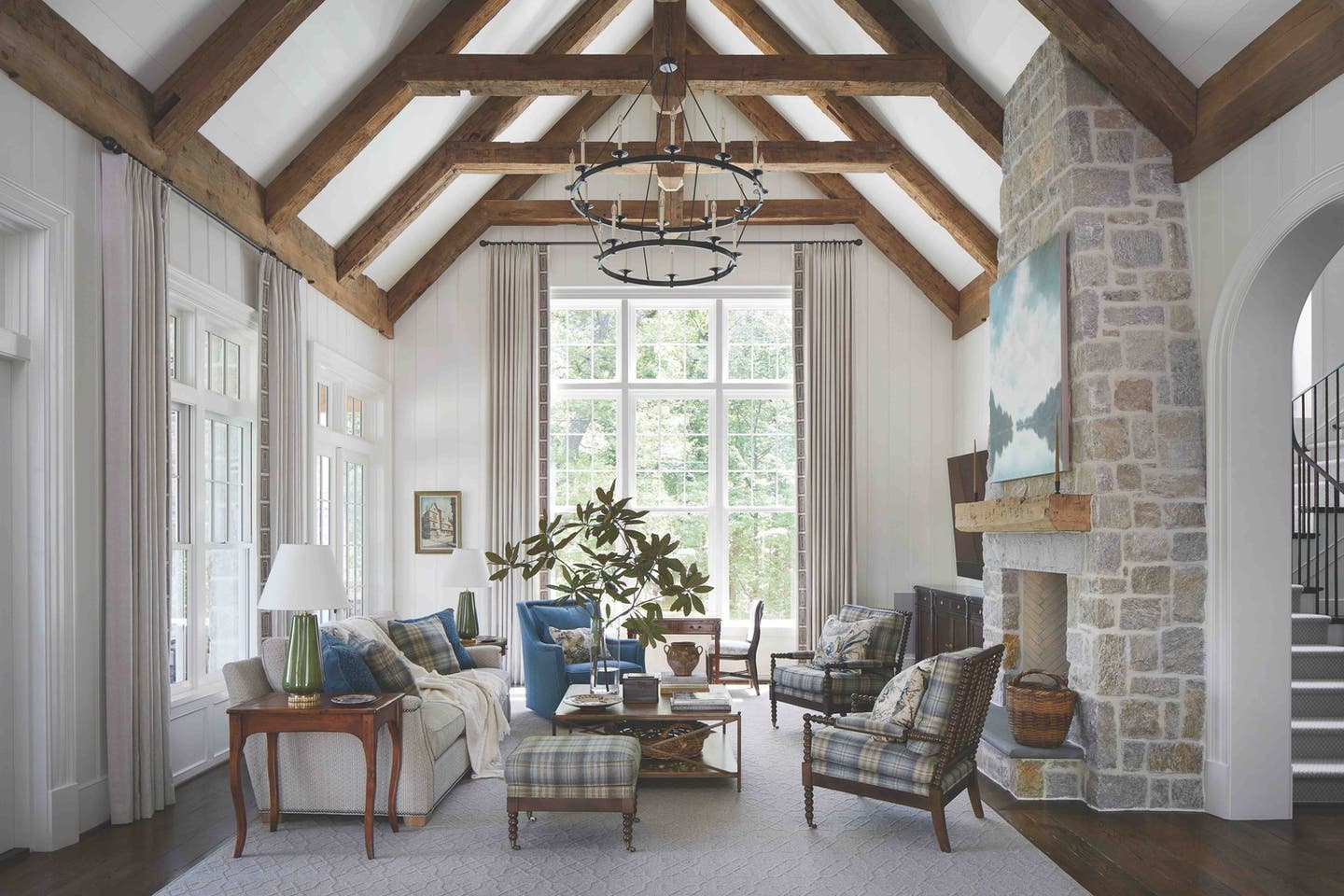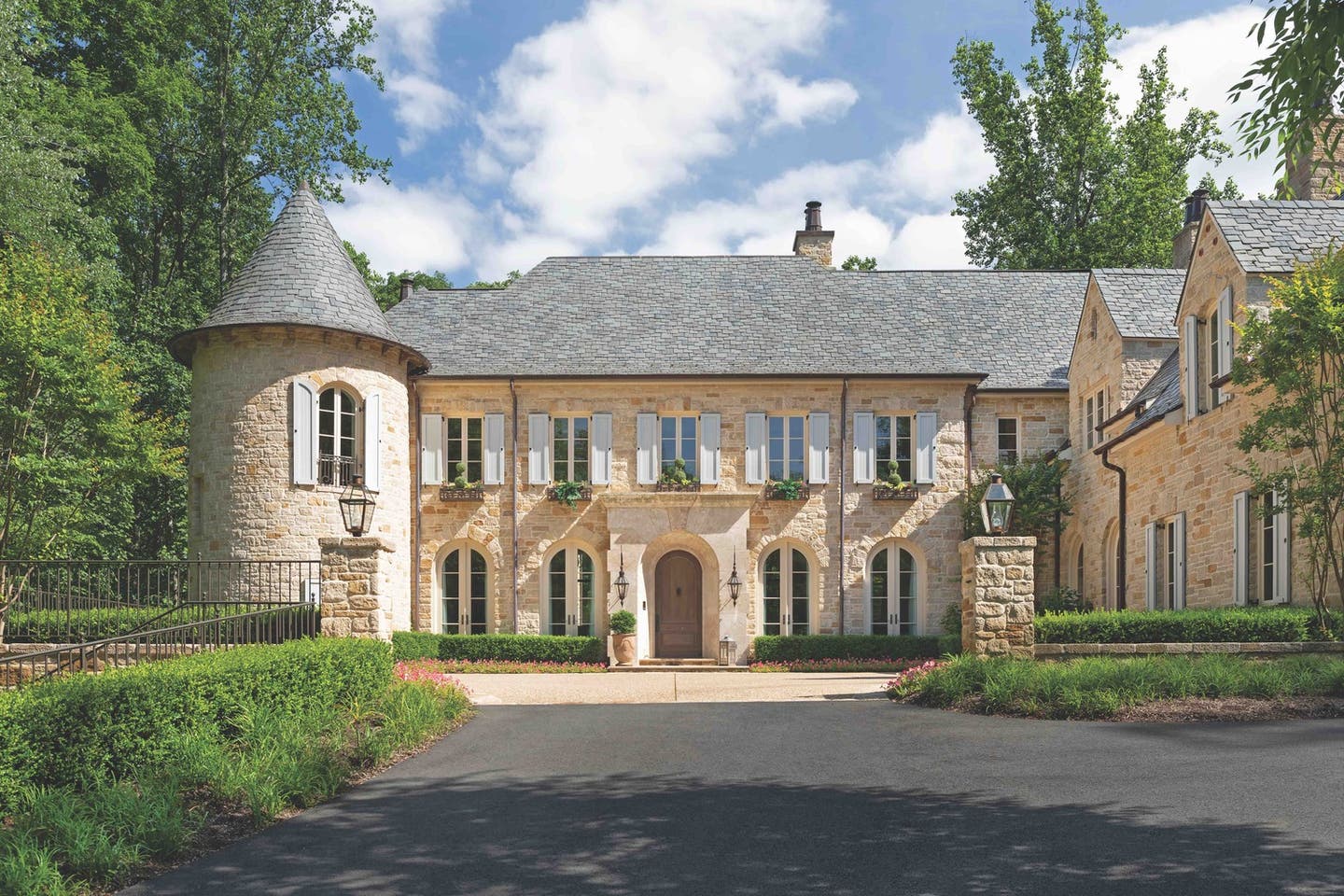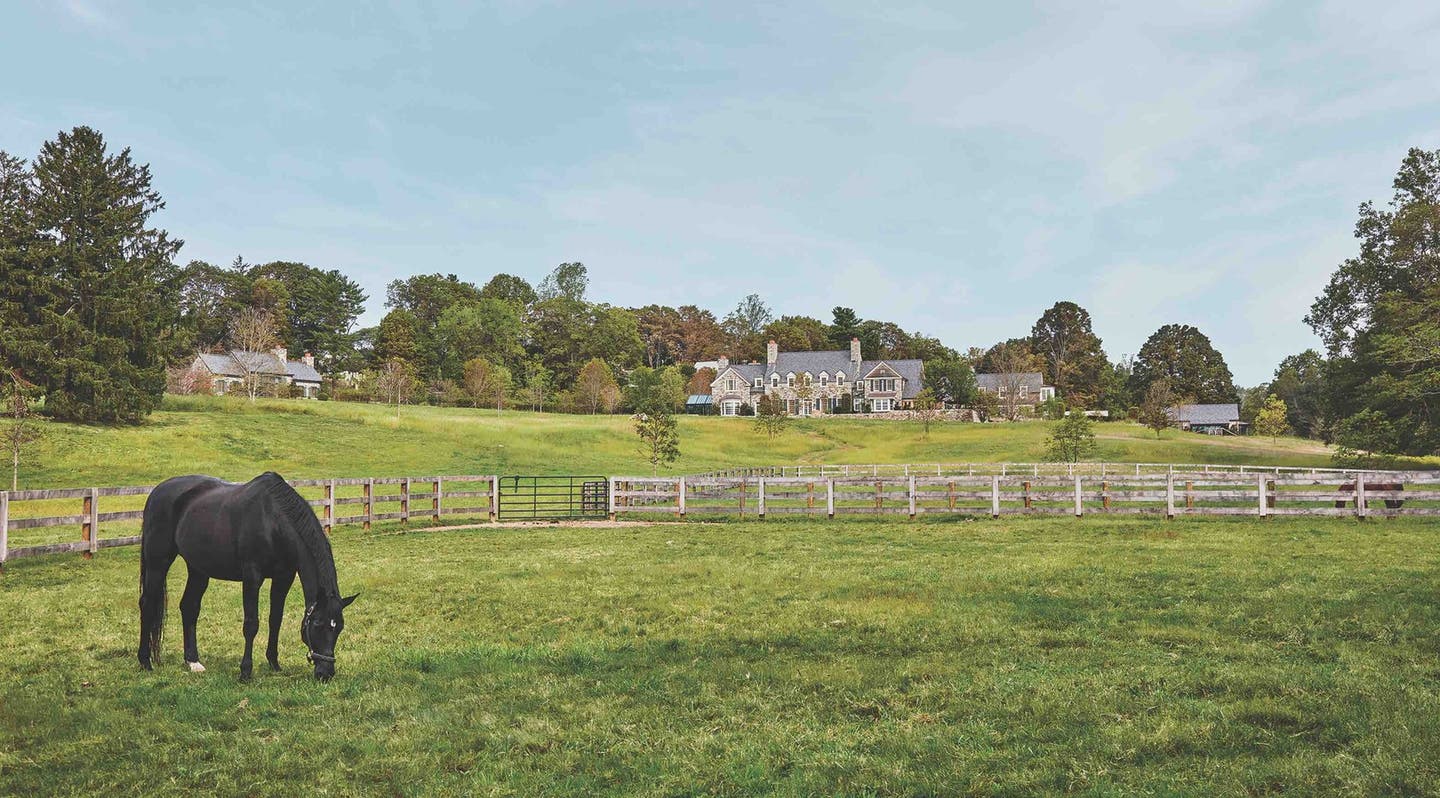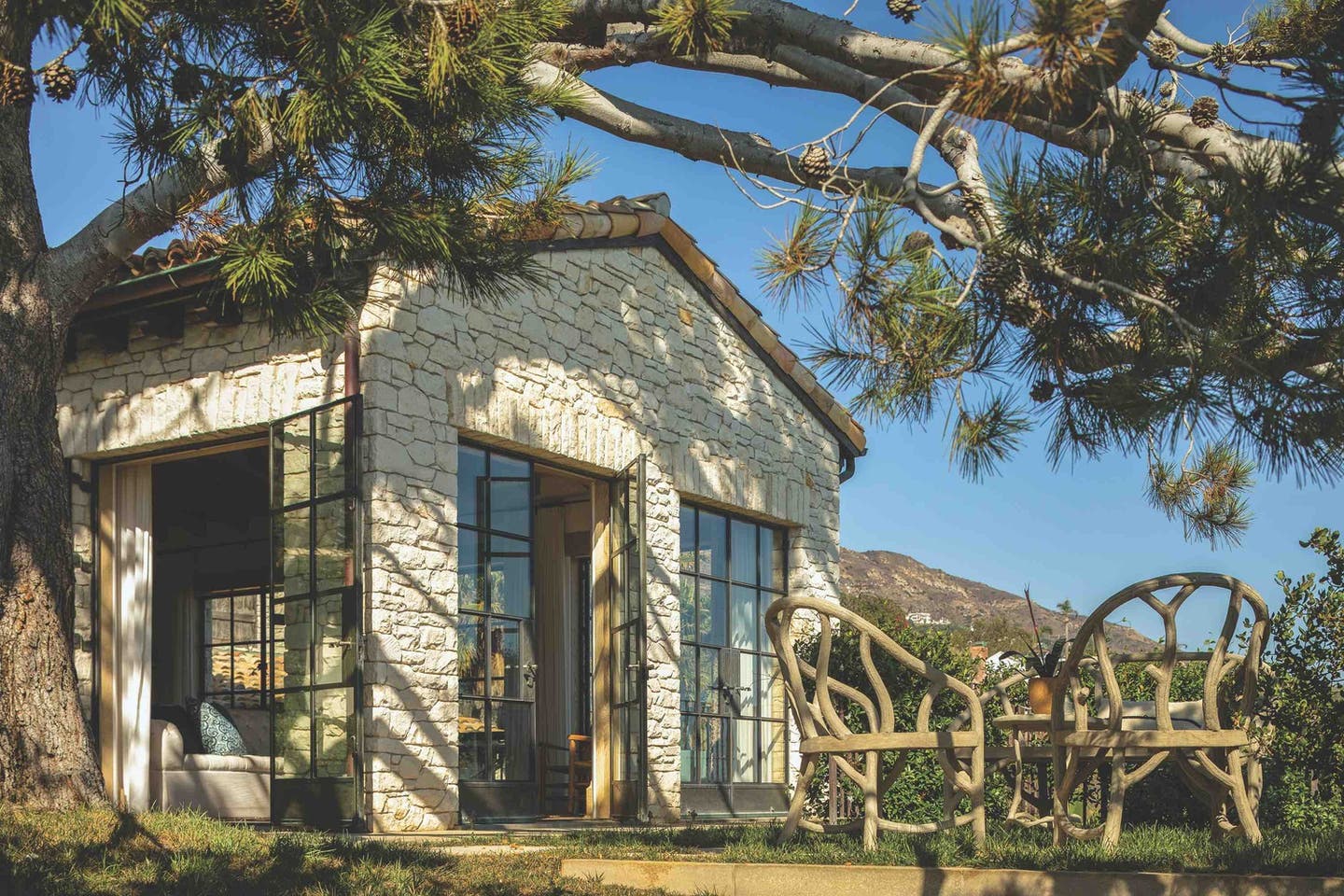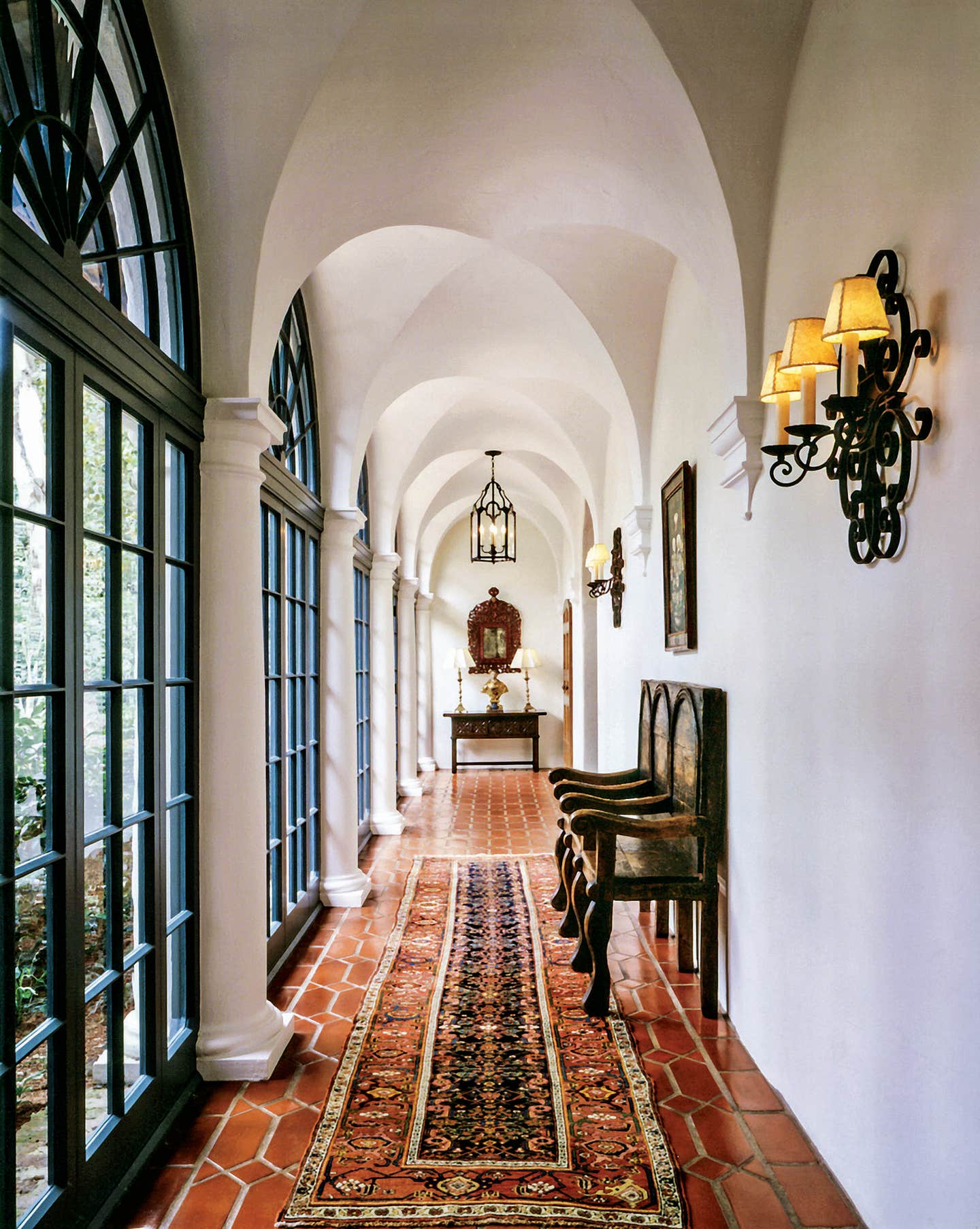
Restoration & Renovation
Spanish Colonial Revival
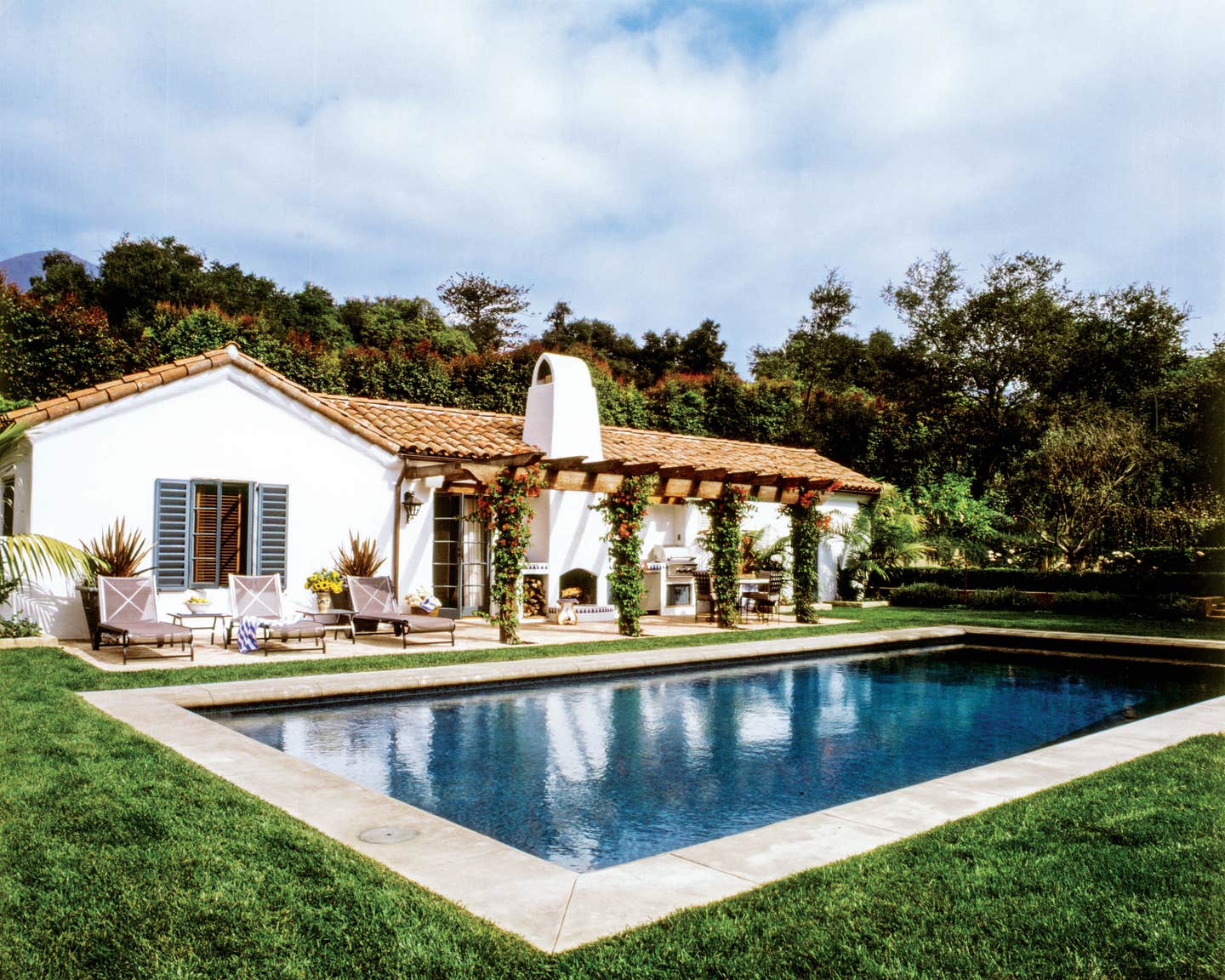
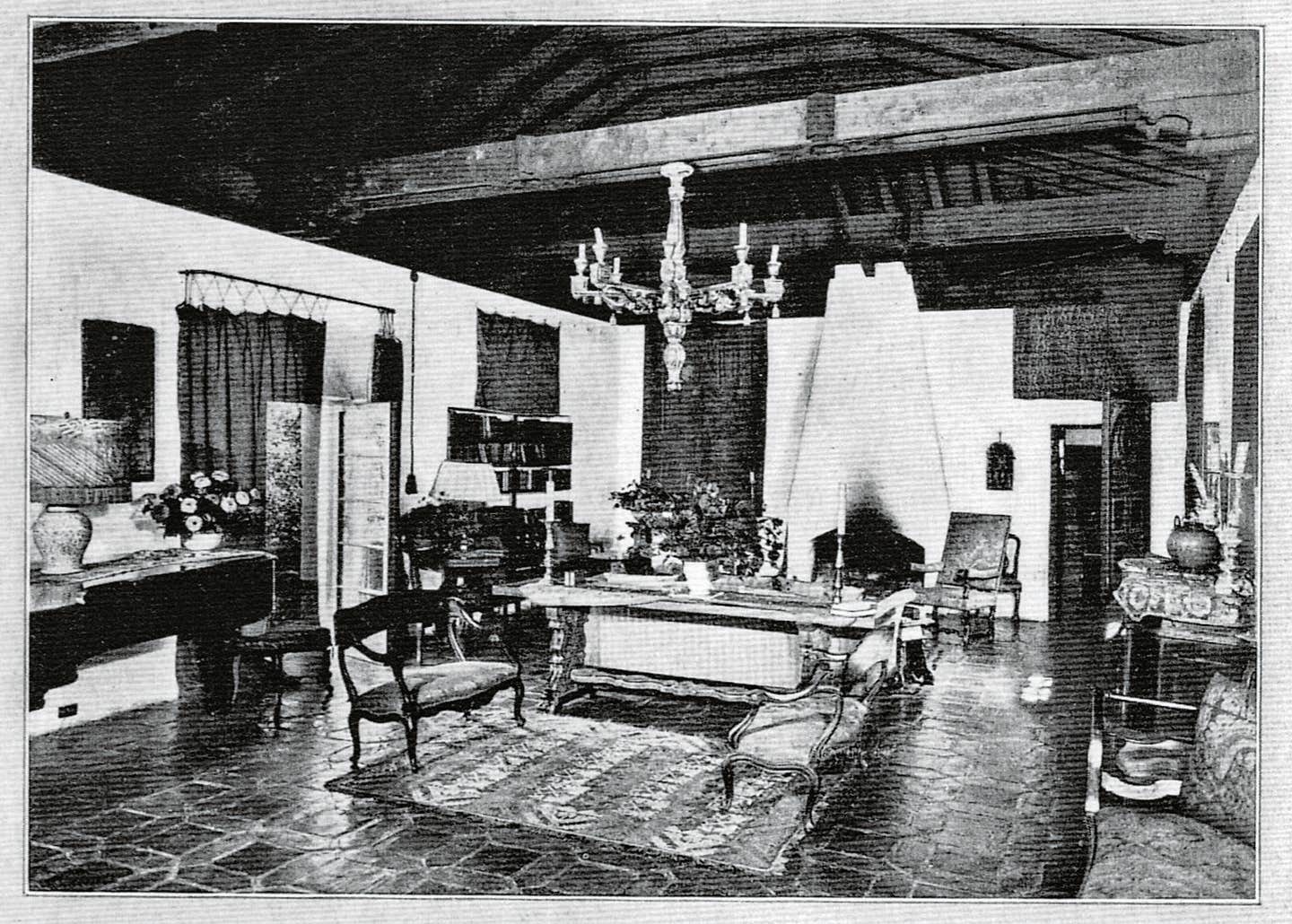

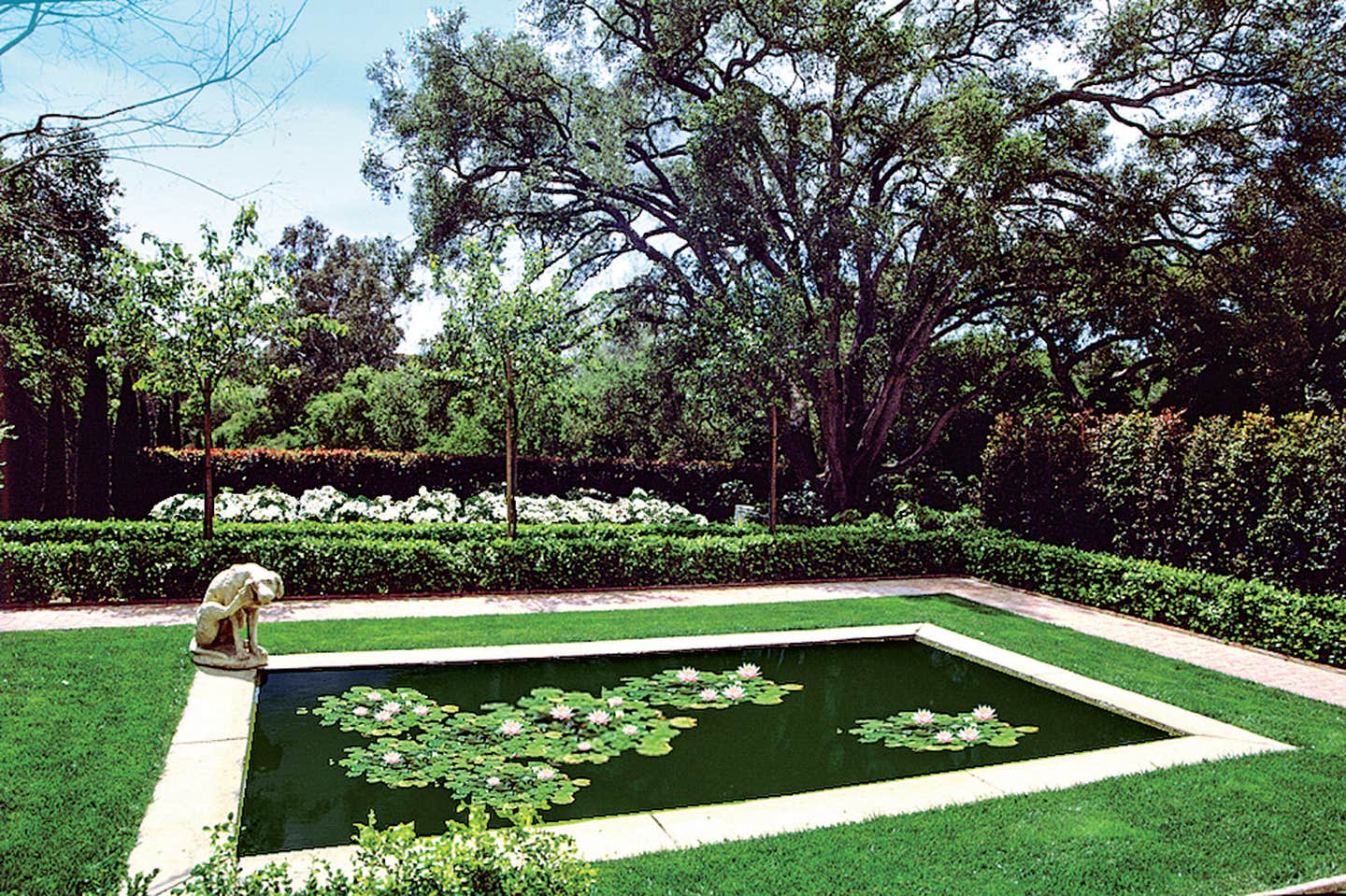

Adding a sympathetic addition to a historic house presents challenges; adding a new house to an addition presents even more. In 1919, George Washington Smith designed his first professional commission, a two-story Mediterranean revival house in Montecito, California. Over the years, the original house had been added onto, twice. Then, in 1940, the original estate was subdivided into three separate parcels, with the center addition moved to a new location. This project takes what had been the rear addition to the original house and reworks it into a single-family house referencing the work of Smith and the Spanish Colonial Revival style he was so influential in creating. Making sense of these fragments was the challenge left to Michael Burch, two-time Palladio Award winner and three-time Venice Biennale participant who has been referred to as the “greatest living practitioner of the Spanish Colonial Revival Style” (Stephen Harby, Yale & Fellow, American Academy in Rome).
George Washington Smith is often considered the “father of the Spanish Colonial Revival,” that style of architecture so prevalent in Southern California that some consider it to be the de-facto vernacular. Its overall form, based on farmhouses in the Andalusian countryside—with foundations sometimes harken back to Roman times—give rise to an architecture with a picturesque, sculptural presence in the landscape. The details, however, are inspired by the best of the features of the royal court and castles of Mudéjar, Spain. During the 1920s and ’30s the style was simply called “The Californian Style.”
Its popularity in part was derived from the appropriateness of the architectural form to its environment. The indigenous forms perfected in Andalusian, Spain, over hundreds of years, were a natural fit in California. Elements of the style were often used as a design strategy for sustainability with orientation, broad overhangs, porches, deeply recessed windows and clay tile floors providing passive solar energy savings. Clay tile roofs and stucco walls similarly provided fire resistance in areas naturally prone to wild fires.
This project started with the aftermath of the subdivision of original estate. The irregularly shaped site, cut off from street frontage and accessed by a narrow driveway, lacked coherence, scale, elegance, grandeur and delight. The spatial sequence to and through the site and house were haphazard. The upper and lower sections of the site were not well connected.
To remedy these issues, a new site sequence was designed and the entire site re-landscaped. A new grand axis was created to greet visitors at the site’s entry, running from the entry gate, up through the existing living room and inner courtyard. This grand axis was continued beyond the house, up a new garden stairway beside a new fountain garden, which contained an existing wall fountain of the original estate. At the top of the grand axis, a new upper fountain courtyard was created to redirect circulation to the swimming pool. The reworked swimming pool and pool house were connected on axis to the master bedroom via new garden steps and landscaped terraces. A carport was removed and a garage was created where there had been an office in the existing structure.
The house itself, was completely redesigned within the shell of the original 4,880-square-feet structure. Continuing with the new entry sequence from the exterior, the kitchen and the dining room locations were reversed, a playroom became the master suite, an office became the garage, a second bedroom was enlarged, a third bedroom created, the powder room relocated, a Laundry Room added and the Bathrooms reworked. Most of the house was taken down to bare walls or studs. Almost all finishes are new, including carved and stenciled beams, fireplace surrounds, doors, windows, floors, and vaulted ceilings.
Michael Burch sought a design consistent with Smith’s work and carefully selected details, tile, stenciling, and paint colors Smith had used. Light fixtures are either vintage or Smith reproductions. The furnishings are mainly antiques from Spain, Italy, and England, similar to those used by Smith in his own interior decoration. Although antiques are used, the interiors are designed for 21st-century functionality and needs.
The result of a careful reiteration of Smith’s architectural and interior design ideas, an estate that had been stripped of its character is now a coherent, integrated whole. Other architect’s acknowledge Michael Burch’s work—so successful was his interpretation of Smith’s vision, that even prior to the project’s completion, Marc Appleton held a book signing of his reprint of Smith’s Sketchbook at the house.

